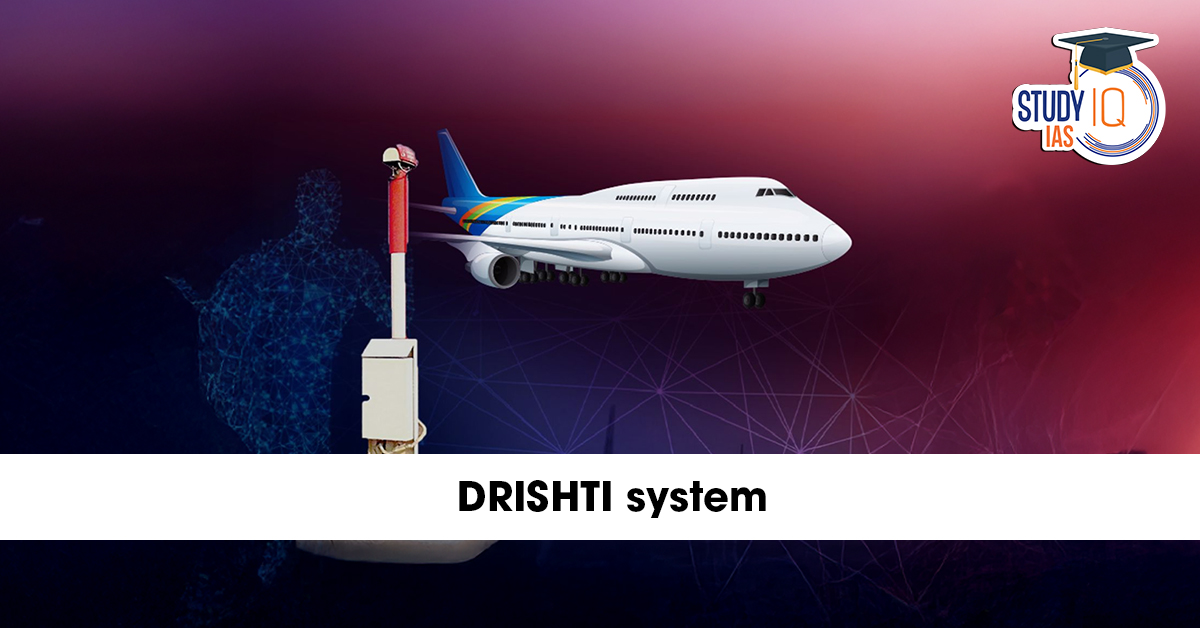Table of Contents
The Indian Railways is steadily adopting cutting-edge digital technologies to enhance safety and operational efficiency. One of the latest advancements is the DRISHTI System, an AI-based Freight Wagon Locking Monitoring System developed to tackle long-standing challenges in freight security and wagon door integrity.
This article explains the DRISHTI System, its purpose, features, latest updates, and significance for logistics and railway safety.
DRISHTI System Latest News
The Indian Railways has announced plans to install a new AI-powered Locking Monitoring System known as DRISHTI.
The Northeast Frontier Railway (NFR) has collaborated with the IIT Guwahati Technology Innovation and Development Foundation (IITG TIDF) to develop this advanced monitoring system. Trials are currently underway, and the system is expected to be scaled across key freight corridors after successful testing.
What is the DRISHTI System?
The DRISHTI System is an AI-Based Freight Wagon Locking Monitoring System designed to detect unlocked, tampered, or faulty wagon doors in real-time as trains move along the tracks.
This technology aims to enhance the safety, security, and efficiency of freight operations—an area where manual inspections have often proven inadequate and time-consuming.
Purpose of the DRISHTI System
The primary purpose of the DRISHTI System is to ensure sealing integrity and real-time safety monitoring of freight wagons by:
-
Detecting unlocked or partially open wagon doors
-
Identifying tampering or anomalies in door locking mechanisms
-
Reducing theft, pilferage, and unauthorised access
-
Enhancing operational safety without interrupting train movement
Key Features of the DRISHTI System
1. AI-Powered Cameras & Sensors
Strategically installed along railway tracks, these cameras capture high-resolution images and videos of wagon doors.
2. Real-Time Monitoring
The system continuously scans moving freight trains, offering instant insights about door status.
3. Automatic Alerts & Notifications
When an anomaly is detected (e.g., door ajar, tampering), the system triggers automated alerts to railway staff.
4. Use of Computer Vision & Machine Learning
Advanced AI algorithms analyze door positions, detect irregularities, and differentiate between normal and suspicious patterns.
5. Non-Intrusive Operation
The entire process does not disrupt train movement, reducing delays and manual intervention.
6. Accurate & Reliable Detection
Eliminates human error and enhances monitoring precision across long freight corridors.
Significance of the DRISHTI System
1. Improved Freight Security
Reduces theft, pilferage, and unauthorised access to high-value consignments.
2. Enhanced Wagon Door Integrity
Strengthens the reliability of freight sealing protocols and reduces operational risks.
3. Lower Dependence on Manual Inspection
Saves time, manpower, and resources by automating the detection process.
4. Boost to Logistics Efficiency
Helps in faster train turnaround, improved tracking, and safer goods movement.
5. AI Integration for Smart Railways
Supports the Indian Railways’ vision of digital transformation and smart freight management.
Future Plans
-
Refinement of AI models based on trial feedback
-
Expansion of deployment across NFR freight routes
-
Potential integration with RFID systems, freight operation apps, and the Railway Security Network
Upon successful pilot implementation, the DRISHTI System may also be scaled across other railway zones in India.
Conclusion
The DRISHTI System marks a major milestone in the digital modernization of Indian Railways. By integrating AI, machine learning, and computer vision into freight monitoring, it promises safer operations, reduced theft, and enhanced logistics reliability. With ongoing trials showing promising results, DRISHTI is set to become a key component of India’s smart railway infrastructure.


 Hydrogen Valley Innovation Clusters (HVI...
Hydrogen Valley Innovation Clusters (HVI...
 Global Carbon Project Report on India’...
Global Carbon Project Report on India’...
 Key Methods of DNA Identification: Techn...
Key Methods of DNA Identification: Techn...

























